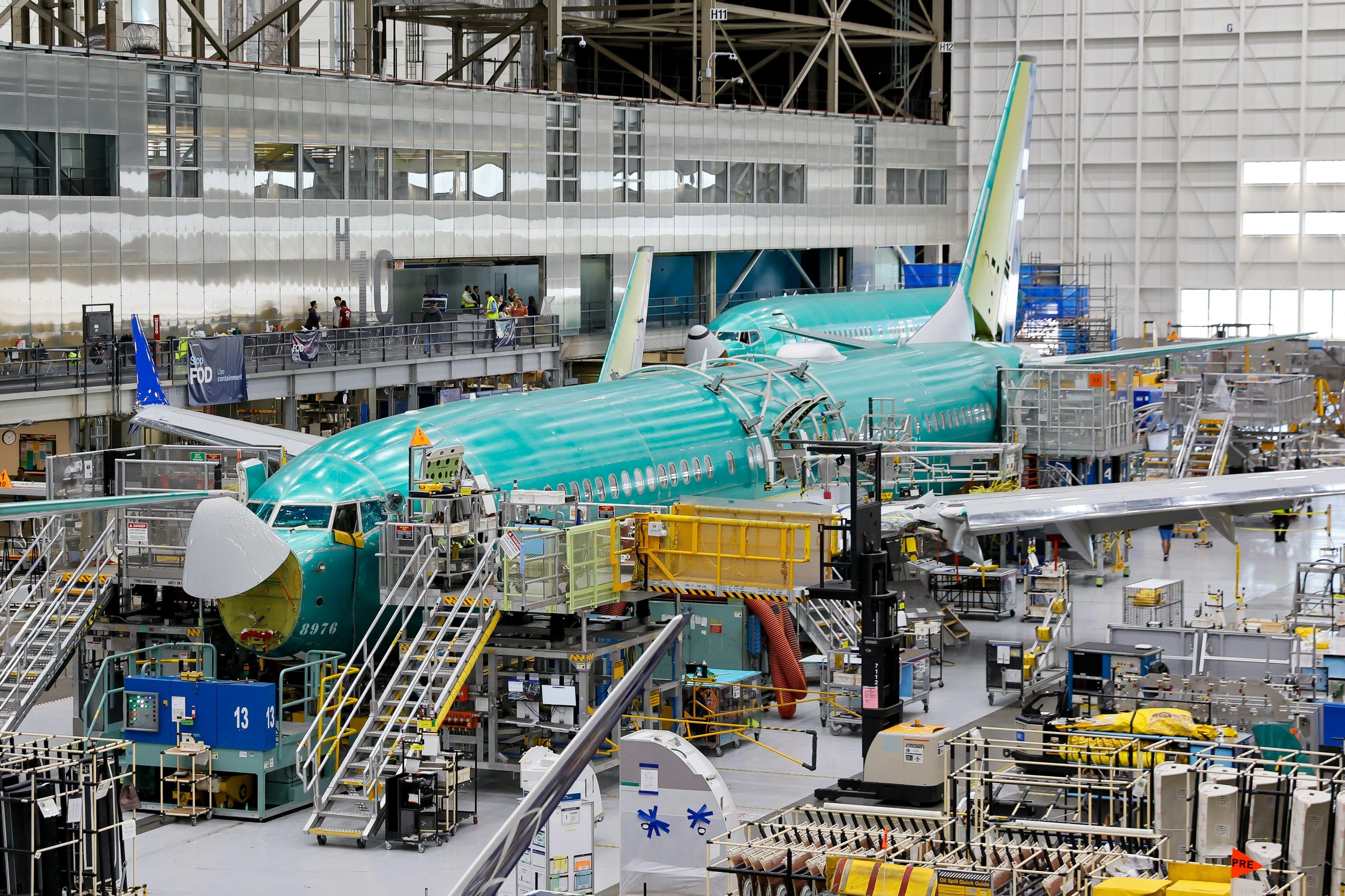
AeroGenie — Votre copilote intelligent.
Tendances
Categories
Why the Airbus A380 Operates on Short-Haul Routes
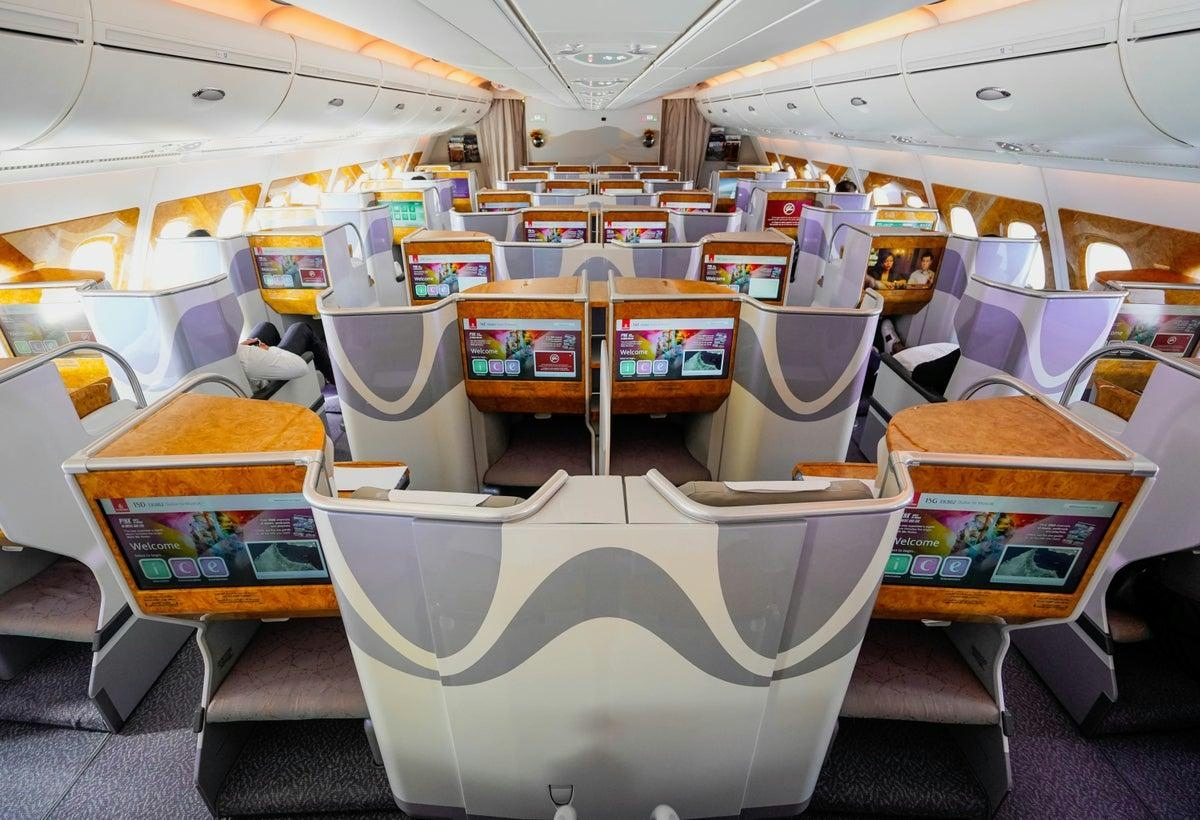
Why the Airbus A380 Operates on Short-Haul Routes
The Airbus A380, the world’s largest passenger aircraft designed to connect continents and carry nearly 500 passengers, is increasingly deployed on short-haul flights lasting just one or two hours—routes traditionally served by smaller, more efficient jets. Originally envisioned as the flagship for long-haul journeys such as London to Singapore or Dubai to Los Angeles, the A380 in 2025 regularly operates on short sectors like Seoul to Tokyo, Taipei to Seoul, and even brief rotations within the Middle East. This seemingly counterintuitive deployment raises an important question: why are airlines flying the double-decker giant on routes where narrowbody aircraft would appear more logical?
High Demand and Slot Constraints
The answer lies in the unique characteristics of the A380 combined with specific market dynamics. The aircraft’s immense size, capacity, and prestige make it a valuable asset in any airline’s fleet. However, factors such as airport slot constraints, exceptionally high passenger demand, and strategic aircraft positioning often dictate its use on shorter routes. This phenomenon is particularly evident in Asia, where routes like Seoul Incheon to Tokyo Narita (784 miles) and Seoul Incheon to Taipei Taoyuan (906 miles) see dozens of A380 flights each month. Data from Cirium for May 2025 indicates that Korean Air and Asiana Airlines operate more than 160 A380 flights on these short legs, transporting upwards of 75,000 seats monthly. These flights consistently achieve high load factors, making the A380 a practical, if unconventional, choice. Similarly, Emirates in the Middle East has rotated A380s on short regional flights to connect high-demand hubs where airport slots are limited.
This strategy is not without historical precedent. In the 1970s and 1980s, Japanese carriers such as Japan Airlines and All Nippon Airways routinely operated Boeing 747s on domestic trunk routes between Tokyo, Osaka, and Sapporo—flights lasting barely an hour. The rationale remains consistent: when passenger volumes are dense and infrastructure is constrained, the inefficiencies of operating a jumbo jet on short routes can be outweighed by the imperative to maximize capacity.
Operational Challenges and Market Shifts
Despite these advantages, deploying the A380 on short-haul routes presents significant operational challenges. The aircraft’s high operating costs, lower fuel efficiency on short sectors, and the risk of underutilized capacity can undermine profitability. Competitors are increasingly responding by deploying more efficient aircraft such as the Airbus A320neo or A350-900, which are better suited to short-haul operations. Recent industry trends show airlines like Marabu opting for these newer, cost-effective models, reflecting a broader shift in fleet strategy.
Market responses suggest that airlines are reassessing the economic viability of A380 operations on short routes. This reassessment may lead to reduced flight frequencies or a redeployment of the A380 back to long-haul services, where its strengths are more effectively leveraged.
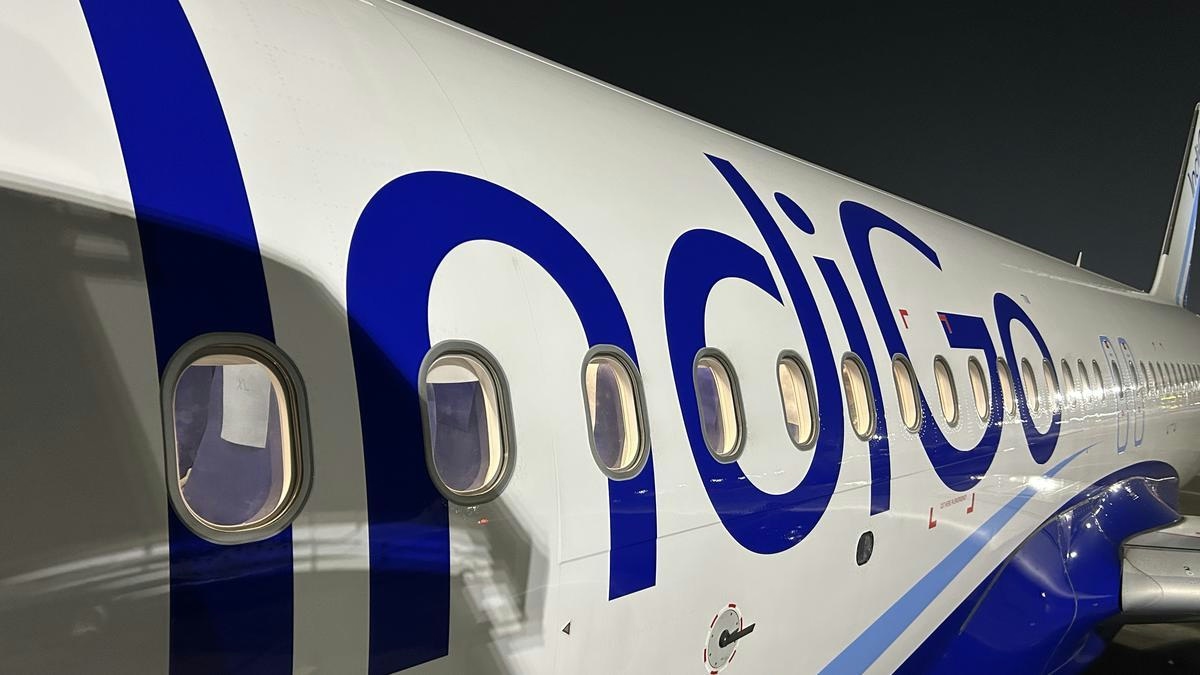
IndiGo to Deploy Wide-Body Aircraft on Vijayawada-Hyderabad Route, Says MP
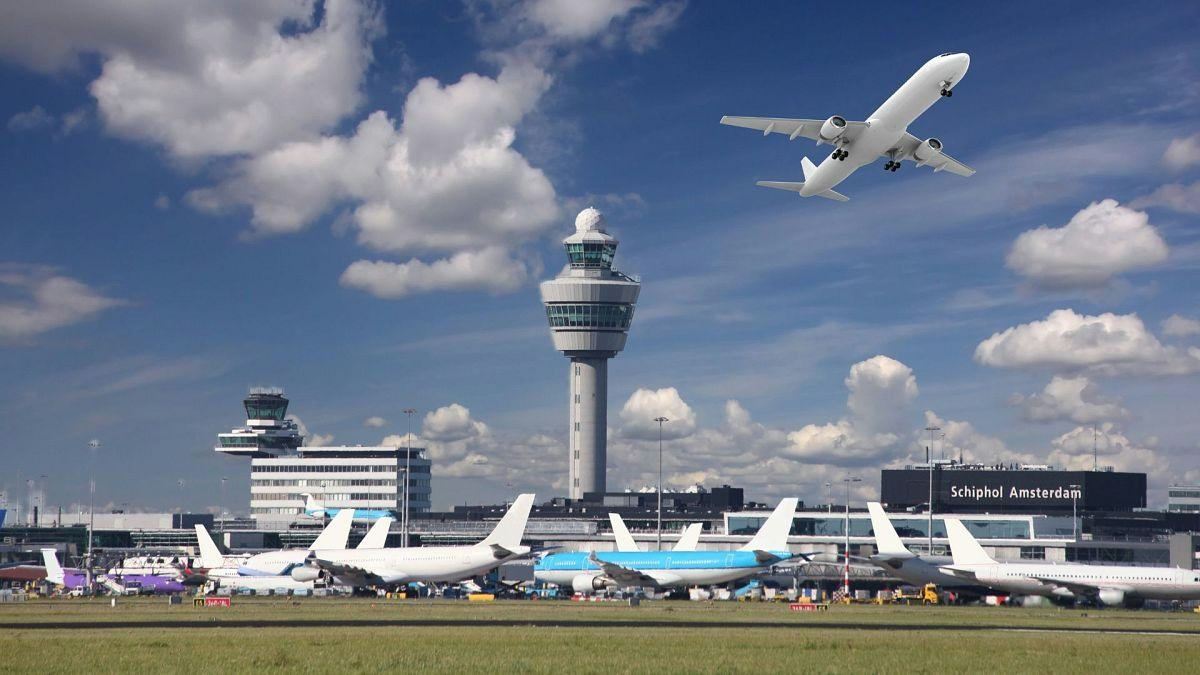
Europe Unveils New Aviation Strategy to Promote Cleaner, Faster Flights
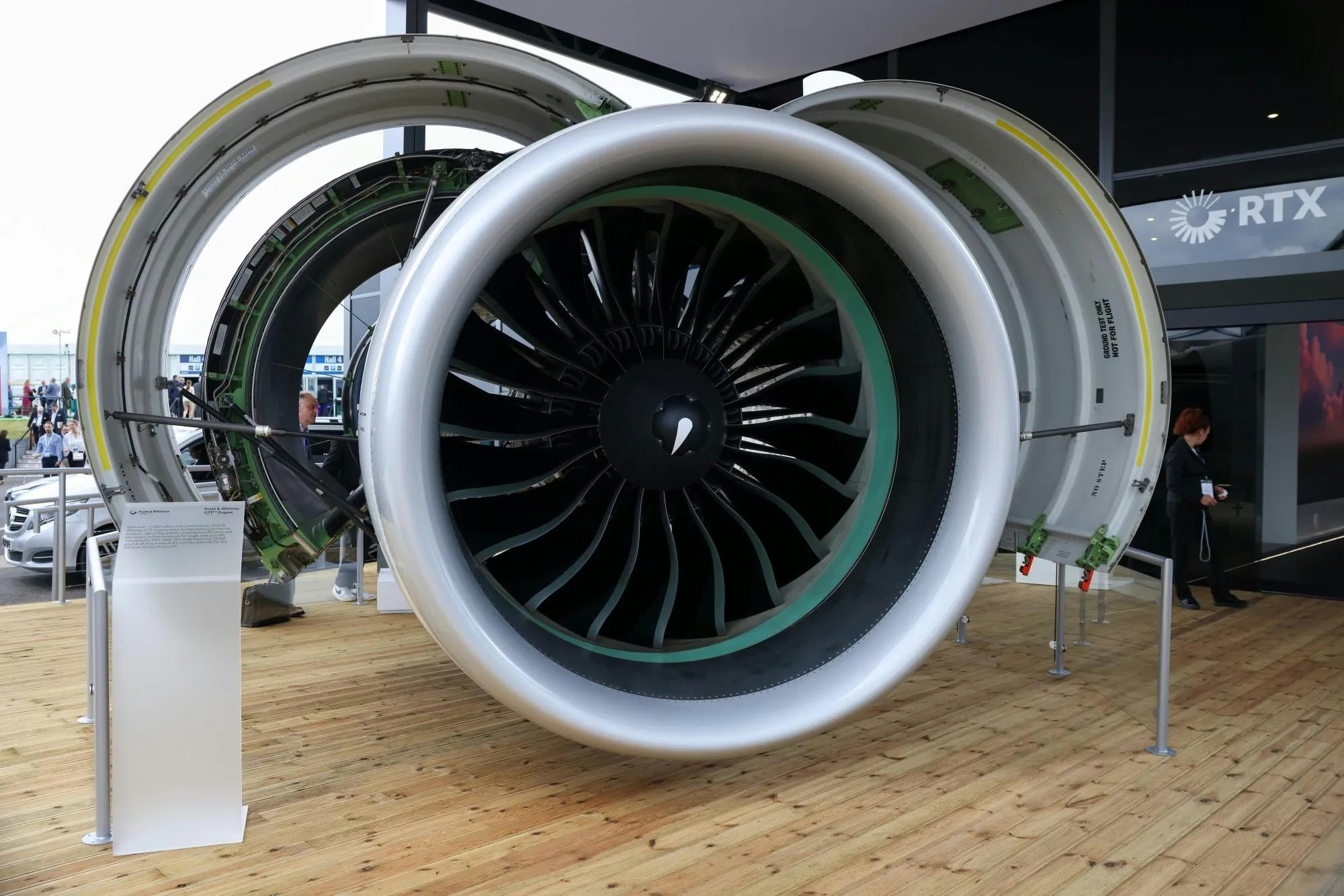
Spirit Signs Agreement with Pratt & Whitney Units on Aircraft Engines

ADB SAFEGATE Receives Industry Awards for Marketing, R&D, and Social Impact

GA Telesis Secures Five-Year Landing Gear Overhaul Agreement with Major U.S. Carrier
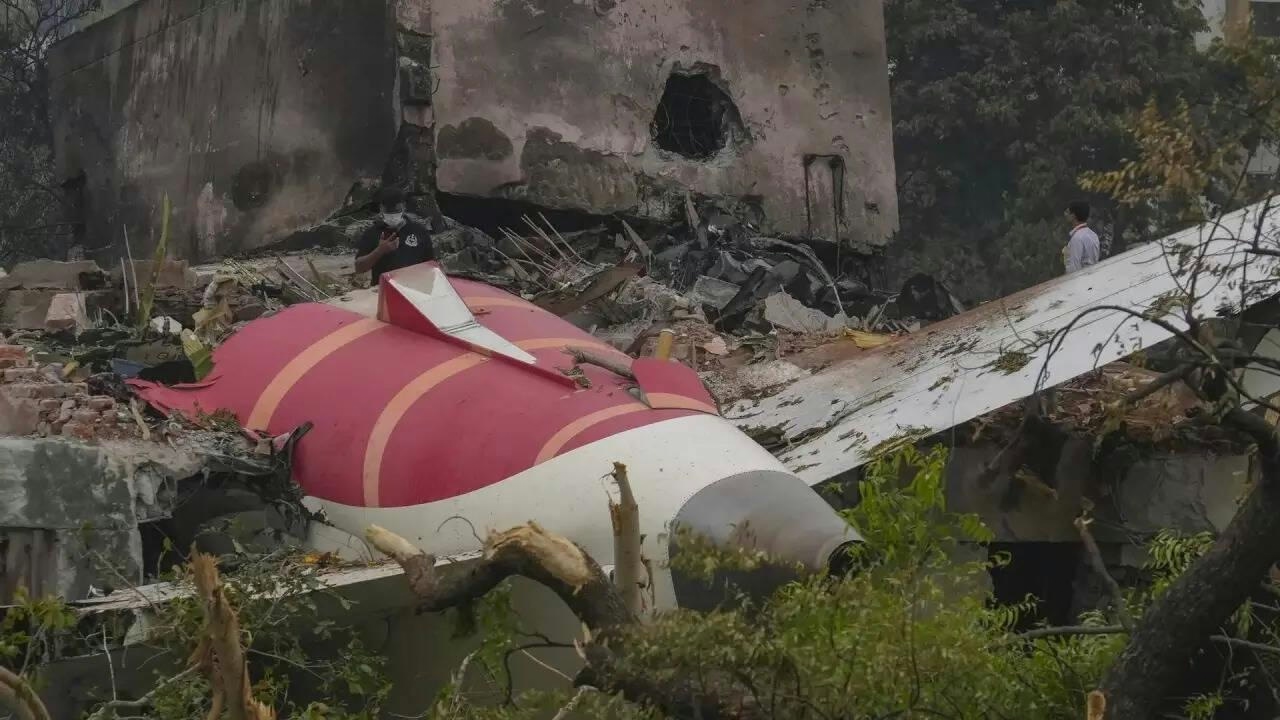
Government Strengthens Aviation Safety Framework Amid AI-171 Investigation

NASA Software Raises Bar for Aircraft Icing Research

Dans and Emirates Aviation University Partner on AI Air Traffic Management Research
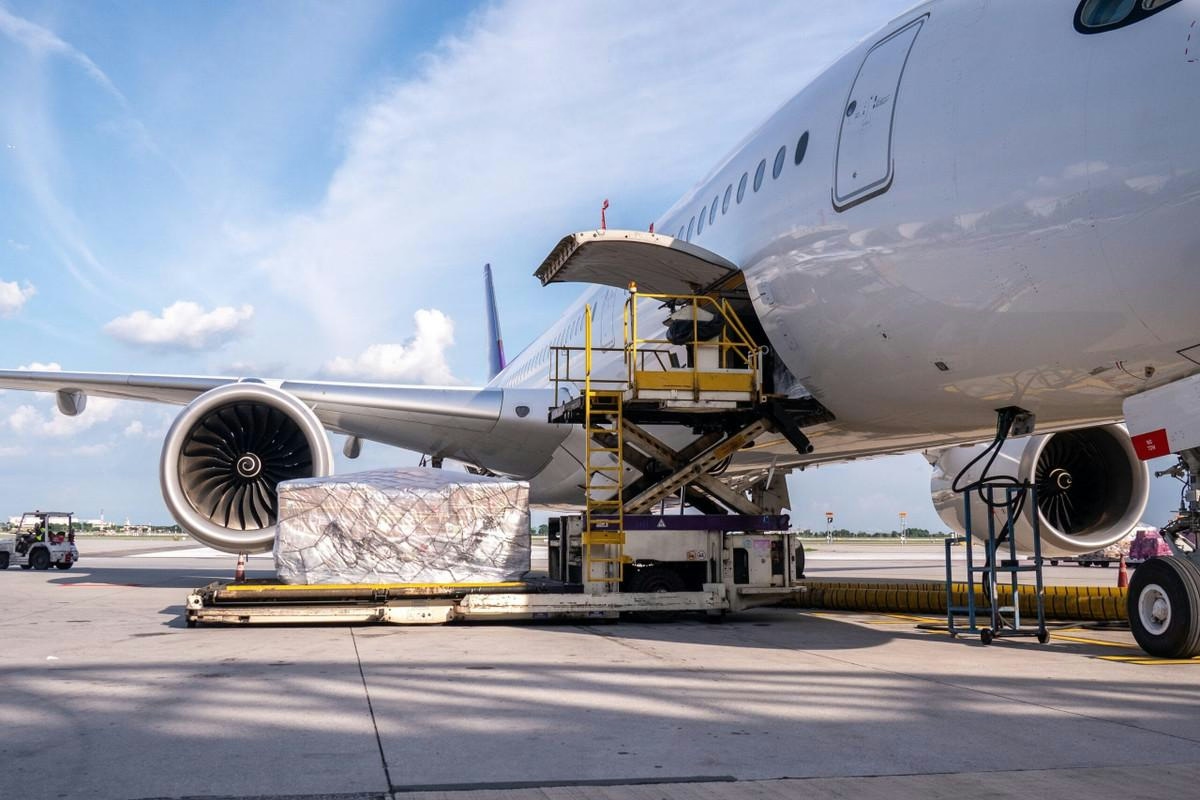
Nigus and AXISCADES to Develop Nigeria’s First Major Aviation MRO Hub
